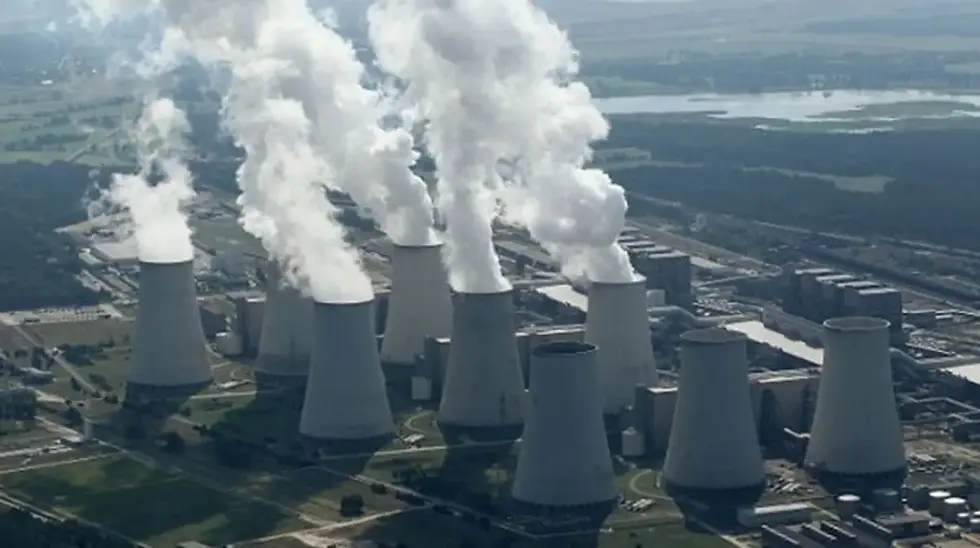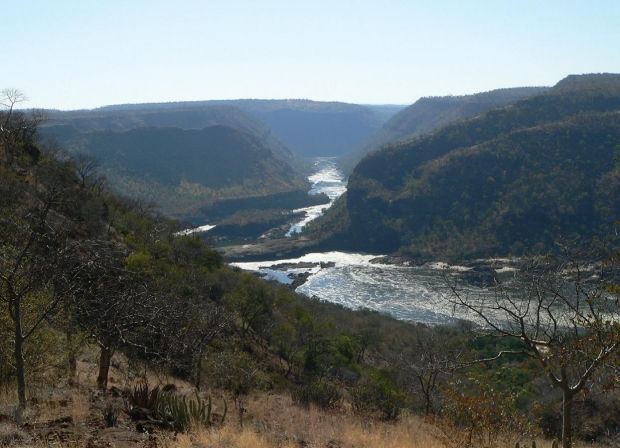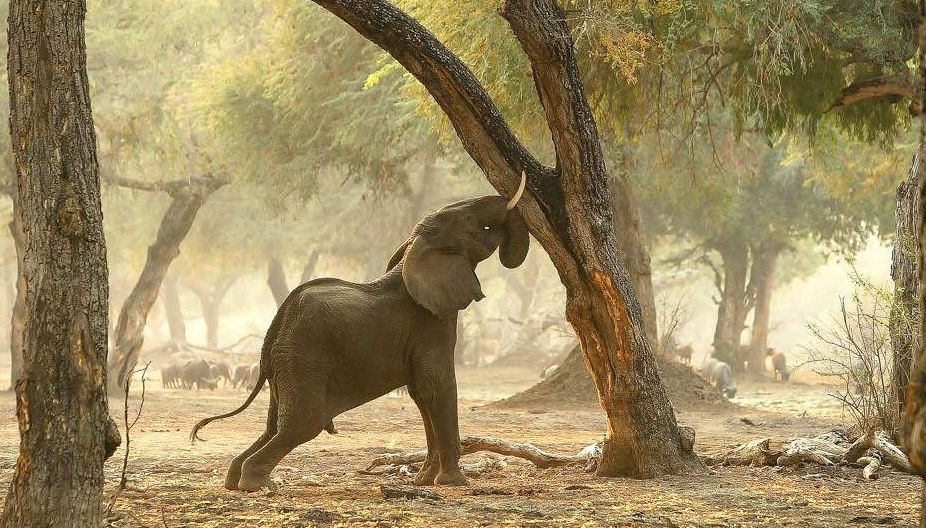
Good news from the surgeon, my markers have improved and CT scans clear. The longer it stays so the better it is my surgeon tells me. He is not quite ready to say I am cured, but getting close. PSA numbers rising so will now require follow up with the urologist, six years since my brachytherapy for prostate cancer. No panic here yet.
The African Conundrum
Today I am going to be a little controversial, the power outages in Southern Africa have brought to mind yet again that all too common question, “Why is Africa not succeeding?” The biggest question of everyone who has lived or is living in Africa, and many of those from outside Africa is, “Why do its politicians seem to fail its people so badly despite the massive natural resources it has in land, water and minerals?”
There are three easy answers which are too off-pat and incorrect in my view. The first is by right-wing non-Africans that it is simply because of race. This is definitely not correct as many leaders in the fields of business, medicine and science are led by Africans.
Some just as easily say, especially African politicians and the left in the West, it is down to the colonial legacy and the oppression that took place in that time despite this now being half a century ago. Why if this is the case, it has not affected Asia?
Others put it down to culture, despite the huge variations within Africa with regard to culture, especially social structures. Perhaps this is partly true when the extended family and the unquestionable respect for elders are considered. For instance, high office in Zimbabwe can only be held by those that were involved, not necessarily fought, in the independence war. Known as ‘The Chimurenga’ (The Struggle). Despite it ending more than forty years ago creating all those eligible old men.
The extended family has many positive attributes, one being it is the social security safety net for Africa. On its downside, it puts huge demands on the few employed or in business to support the many. These demands lead on occasion to individuals being forced into taking more than their monthly salaries home with them. This is what I would call minor corruption. Greed is the cause of the political and parastatal corruption.
“Perhaps more so in Africa, the unscrupulous see political office as a conduit to wealth, normally avoided by those clever enough to have succeeded in business.” - Peter McSporran
Importantly, let's not forget about international aid in this equation of failure. Often it has seen corrupt governments distribute third-party handouts in food, health services and education to ensure their survival when they have emptied the coffers. To access these benefits you must be a member of the party or at least vote for the incumbent government. It is amazing what a T-shirt can buy in Africa.
“Unless AID is in the form of relief at a time of drought or a pandemic, it becomes a reward for failure, not to the people but rather the incumbent government.” - Peter McSporran
For those involved in greed-driven corruption, this is beyond the individual’s or their families needs. I would include the greed for power here also. This brings in two spectres which cause the breakdown of any system's integrity. To ensure your greed is secure, you resort to cronyism and nepotism. Political favours, jobs for the boys, especially extended family members and the accompanying lack of discipline lead to a breakdown in the management of the country.
Corrupt politicians stimulate corruption at all levels.
“The chefs are stealing why can I not do the same.” - Common excuse in Africa for bad behaviour.
Further, a minion may be there as another's political appointee or be there due to nepotism which flourishes in the extended family system. He or she is my wife’s cousin. I have to be careful. How can I report my brother? Better I protect him.
“It is impossible to discipline or motivate those under you when your fingers are stuck in the till opening you to extortion either for gain in monetary terms or status.” - Peter McSporran
There I go again allowing my thoughts to run away from me, let me get back to the energy woes in Southern Africa. I know we have energy woes in Europe, however, these are nothing compared to the present energy shortages in Southern Africa.
“The energy woes in Africa and Europe lay squarely at the feet of their respective political leaders. In Europe, their stupidity, in Africa the same which is further enhanced by corruption.” - Peter McSporran

Zambia is now experiencing twelve hours a day with no power while Zimbabwe only has five hours of power a day. How can economies survive this? Even worse, excuse the bad pun, with no light at the end of the tunnel. That is unless God intervenes by providing exceptional rains within the next few months.
This energy crisis is what sparked my need to once again ponder this question about the failure of Africa to prosper. I should say, I am hoping for a renaissance in Zambia with HH (Hakainde Hichilema) at the helm. He is a successful businessman in his own right, a political exception in Africa.
There is no easy answer, we all put the root cause down to the widespread corruption which comes back to governance. In saying that though, the whole world seems to suffer from corruption and it still prospers, at least better than Africa.
The present crisis brought to mind the energy crisis that came about in 1992. When I became vice president of the Commercial Farmers Union (CFU) shortly after attending the Harare Agricultural Show at the cattle judges' cocktail party, the lights went out. A rare occurrence in winter when there are no tropical storms, a common cause of power cuts in the summer. As Vice President one of my portfolios was inputs, so the next day my President, Anthony Swire-Thompson told me to look into it. This was in August, a critical time for irrigating winter wheat.
At that time Zimbabwe was generating some 1,930MW very close to its requirement of some 2,000MW. The shortfall they were meeting was by purchases from Zambia and Mozambique through South Africa. The problem turned out that there were generation issues at the largest thermal plant in Hwange, one of their turbines had gone down. To better explain this problem, the Chairman of ZESCO (the state electricity utility company) invited Anthony Squire-Thompson (CFU President), Jerry Grant (CFU Deputy Director) and myself to go and see the state of the thermal plant at Hwange. We took off in a light aircraft in the week following the outage. Outages not caused by storms were a rarity in those days, now a daily occurrence. What a difference.
On arrival, we were informed one of the turbines had gone down causing a power outage in the whole region. It did not take long for the chairman to enlighten us on his reason for this; the lack of maintenance. Some say that is an unknown word in Africa. In fact, on arrival, we could see the thermal plant including the control rooms was so heavily coated by coal dust it was obvious there was no maintenance. Safety trips were secured open with wire or string in the control room. It was explained by an engineer that the whole lot was in danger of exploding. We were advised not to dare light a cigarette. The excuse given was that the electricity chargers were kept so low by the politicians that maintenance could not be done. There was no money to set aside for it, let alone new capital investment. Surely they could have at least swept the place? I must admit this is still true today, only one of the many headaches utilities suffer in Africa.

At that time in 1982, there were a further two hydro projects on the drawing board. The first was Batoka Gorge. The Batoka Gorge would provide up to 1,600MW; 800MW to Zambia and 800MW to Zimbabwe. This project's potential has recently been upgraded to produce 2,400MW, at least on paper. The second one and much more controversial was the Mapata Gorge Hydro Scheme downstream from Mana Pools. This attracted a strong international conservation lobby putting it on hold if not stopped. I say by conservationists as opposed to the ‘loony left greenies.’ To lose Mana Pools would be an environmental disaster, at least the gorges would contain the spread of the water. That left thermal as the quickest and best opportunity. This is true even today. Now we are back to the problem of raising money for what is now deemed ‘dirty energy.’ There is no pleasing the ‘greenies.’ Coal is dirty because of the pollution, while hydro inundates wildlife and human habitats. Being inland, Zimbabwe is not blessed by winds for wind power, solar yes, but no one has come up with an economic means of storage for the twelve hours daily darkness.

Luckily at that time in 1992, power was also available from Cahora Bassa in Mozambique and ESKOM in South Africa. Therefore, we were able to get through the crisis in 1992 which was acceptable with a promise at a time when our economy was quickly expanding. In South Africa, ESKOM’s thermal plants started to fail due to lack of maintenance and corruption, the latter in no small part due to the Gupta brothers. South Africa drew more power from Mozambique and our maintenance was not improved, in fact, it only got worse while government talked and talked. The solution finally after many years of procrastination; get the Chinese to add onto Kariba’s existing scheme by some 300MW. This, despite the knowledge that the dam was already under stress in terms of water availability. What did the colonials know? Remember in 1992 there was one of the biggest droughts ever throughout Southern Africa and Kariba Lake was at a critical low. This did not deter the powers that be with Chinese finance, Chinese engineers and Chinese equipment to finally install a further 300MW in 2018. That is four years of generating capacity by today’s date which is the equivalent of one and a half years normal full generation over the original design of 750MW. Is it any wonder Kariba has little or no capacity left. To add to their woes Hwange, destroyed by corruption and greed now only produces about 300MW against its installed capacity of 900MW, while the other thermal plants due to age and no maintenance only generate between 0 and 10MW.
Perhaps Zimbabwe’s saga on electricity is a microcosm of the African continent's conundrum of failure. That is; lack of long-term planning, lack of maintenance, no capital investment to replace existing infrastructure, let alone new, overuse of natural resources, corruption, this is especially true in regard to Hwange. Finally, political interference for personal gain rather than the country in question's good. Why the last one you say? Because tariffs are kept low as this one is easy to please the masses and the appointment of cronies and relations, especially party members to key positions along with the desire to syphon off funds in the process of rewarding a contract. Am I close to the problem? I have not mentioned finance as that falls under political governance, yet again.
The Foundation of Rhodesia and Zimbabwe’s Agricultural Success
Rhodesian Agriculture was a success due to a large number of factors. These included the marketing systems, the envy of most, the research services especially in regard to seed varieties suitable for its climate, agronomy supported with extension and finally the ability of its commercial farmers. I should also mention excellent smallholder farmers, during the 90s they annually produced the country's needs in the staple food; maize. Zimbabwe was one of the few countries in Africa where nearly all the maize, including smallholder, was grown using hybrid seed. When I started consultancy and fund management, the one statement that drove me mad, oft muted by NGOs, donors and government officials, “If we supply Open Pollinated (OP) seed, it is much cheaper than hybrid and as it is OP, the seed from the commercial crop can be retained for use as seed.” They falsely strengthened their argument by saying, patronisingly, that the smallholder farmer could not afford the inputs or provide the management to obtain the high yields hybrid seed offered. The Zimbabwean smallholder for years put paid to the lack of validity for this argument. Further, OP varieties if certified are from a defined breeder line, not so the farmers retained crop for seed.
That was me just going off track a little. Back to the research. In Rhodesian days the certified seed was bred by government breeders and released to two seed associations. Can I make it clear these were not the same as the producer associations at the CFU? These seed associations had an agreement with the government for sole access to this seed if they agreed to grow and market the seed, enough to supply the country’s needs along with a twenty percent surplus in case of crop failure in any season. This twenty percent at-risk production was at the seed producers' cost. The two associations amalgamated to form Seed Co-op which organised the production, distribution and marketing of the seed inspected and certified by government inspectors. In addition, government and the farmers’ unions had to be involved in the fixing of annual levels of production required to supply the country's needs along with fixing the price. These were negotiated annually. This was called the Tripartite Seed Agreement. This agreement and structure led to the establishment of a stable, locally-controlled seed-production industry capable of meeting the country's requirements and eventually large exports.
By 1980, as I said the private sector was concerned, so just like ART Farm came about, Seed Co-op had bought its own research farm in the 70s, which Owen Connor and my father-in-law, Derek Belinsky were very much involved in. This included the employment of breeders and the infrastructural development of the farm to be known as Rattray Arnold, named after the breeders of the first single hybrid maize seed in the world, that is SR52. This variety broke many yield records throughout the world. At that time Alan Rattray was still alive and although partly retired, was part of setting up the research farm in the Enterprise area where it is still the backbone of Seed Co today. Alan was a maize breeder and some of those that joined him at the farm were Rob Oliver who was retained as a maize breeder and later joined by that much-feared inspector, Mike Caulfield as a breeder. Rob, unfortunately, died very young, while Mike soldiers on.
For oilseeds, the late Rex Tattersfield, a world-renowned soya bean breeder, was retained as was Jacob Tichagwa who was to become the pre-eminent soya bean breeder in Africa. Ephraim Havazvidi joined as an agronomist, moved on to maize breeding and finally became the top wheat breeder in Africa. Geoff Hildebrand, the leading groundnut breeder did not get retained by Seed Co, but rather by us at Commercial Oilseeds Producers Association.

With these men, all world-recognised leaders in their chosen variety breeding careers laid the foundation for the success of Zimbabwean agriculture with ART Farm carrying out the agronomy research. They also carried out independent seed trials which ensured verification.
The marketing system unfortunately was to be destroyed by political interference, not unlike the electric utilities.
Disclaimer: Copyright Peter McSporran. The content in this blog represents my personal views and does not reflect corporate entities.
Comments